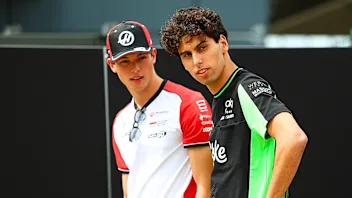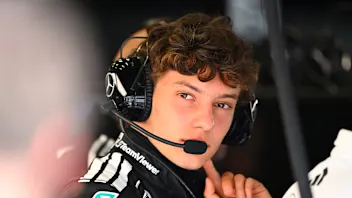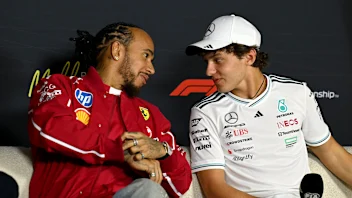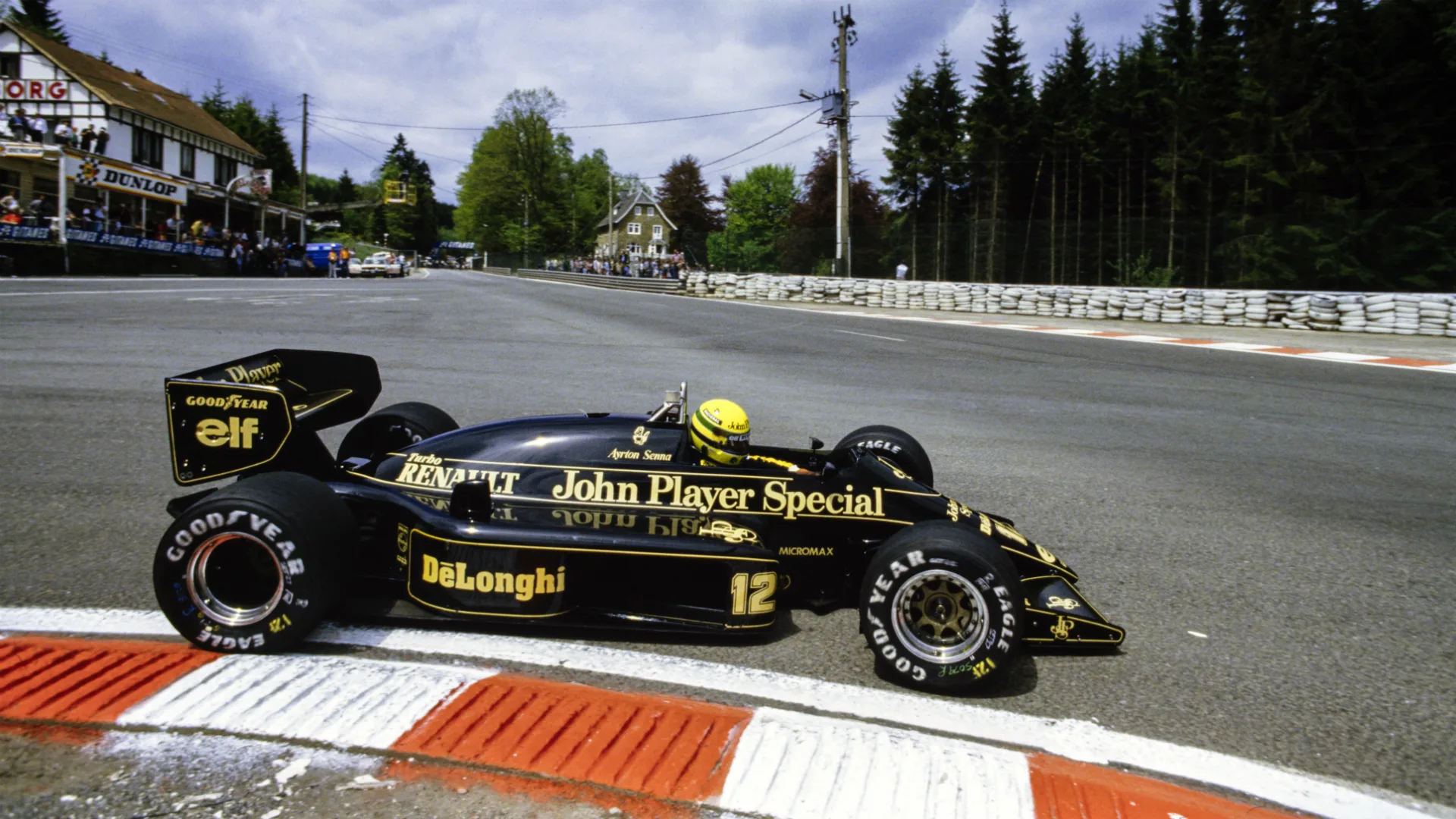Haas have opted for a livery switch this season, with the American team incorporating the black and gold colours of their new title sponsors Rich Energy. A new look for the squad, perhaps, but it isn’t the first time we’ve seen this colour scheme in Formula 1. So, to celebrate the iconic colours returning to F1, we've picked out some of the more memorable black and gold challengers to take part in a Grand Prix. Have a read and make sure you vote for your favourite below...
Lotus 56B
The first of three Lotus entries on this list, but arguably their most eye-catching, the almost-completely gold 56B was driven by Emerson Fittipaldi for one race only at Monza in 1971. The Lotus 56B is in the F1 history books for using a gas turbine engine, and though Fittipaldi failed to bring the car home to victory, the Brazilian produced a valiant effort in gold and black to finish eighth, one lap down, with two cracked brake discs. They reverted back to their red and gold Lotus 72D challenger for the remaining two races of the season, but black and gold soon returned...
Lotus 98T
After first breaking with tradition when they ditched their green colour scheme for the red and gold in 1968, Team Lotus decided to make their black and gold cars a regular theme in 1972 – in the colours of Imperial Tobacco’s new John Player Special brand – and that continued into the early Eighties, too. Perhaps one of the more iconic challengers was the Lotus 98T – a development of the Lotus 97T that yielded Ayrton Senna’s debut F1 victory and the car that helped the Brazilian hero claim eight pole positions and two victories in 1986.
Wolf WR1
Black and gold proved a popular combination in the Seventies, with Canadian businessman Walter Wolf choosing to adorn his cars in the colour scheme. Having already seen Lotus don a much-liked livery, Walter Wolf Racing opted to follow suit - and they had a debut race to remember when Jody Scheckter, behind the wheel of his WR1, won an incident-packed Argentine Grand Prix. The team stuck with their colour scheme for the remainder of their time in F1, which came to an end in 1979.
Arrows A2
From their debut in 1978 to the end of 1981, Arrows ran in a stand-out gold-and-black livery, the like of which wouldn’t be seen again in F1 until Jordan did similar in 1996 (more of that later…). The A1, A2 and A3 challengers all stuck with the theme, with slight tweaks through the years, before the British squad opted for a simpler white-and-orange look for the 1982 season.
Jordan 196
Eddie Jordan’s team ran a completely new colour scheme in 1996 after securing new backers, though initially the car looked more yellow than gold until the team made a few modifications to the paint job. Sadly the scheme only lasted one year, and in 1997 Jordan switched to an equally eye-catching all-yellow car.
Lotus E20
Following the lead of its predecessor the Renault R31 – the Lotus Renault GP challenger before the team became Lotus F1 as its own entity – the Lotus E20 also opted to draw on the team’s rich history in F1, choosing the popular livery. The James Allison-designed challenger was driven by Kimi Raikkonen and Romain Grosjean, and the livery had a familiar look with a black and gold paint job. You'll perhaps remember Raikkonen producing an Abu Dhabi masterclass that season, winning in impressive fashion for Lotus...
Next Up
Related Articles
 Ricciardo shares more about his post-F1 lifeAugust 11, 2025
Ricciardo shares more about his post-F1 lifeAugust 11, 2025 JacquesRating the 2025 F1 rookies on their season so farAugust 14, 2025
JacquesRating the 2025 F1 rookies on their season so farAugust 14, 2025.webp) 10 movie-worthy moments from F1 historyAugust 15, 2025
10 movie-worthy moments from F1 historyAugust 15, 2025 Mercedes suspect Monza crash impacted start of Antonelli’s 2025 seasonAugust 14, 2025
Mercedes suspect Monza crash impacted start of Antonelli’s 2025 seasonAugust 14, 2025.webp) F1 IconsSebastian Montoya on his father Juan Pablo MontoyaAugust 15, 2025
F1 IconsSebastian Montoya on his father Juan Pablo MontoyaAugust 15, 2025 10 times F1 drivers looked out for their ownAugust 11, 2025
10 times F1 drivers looked out for their ownAugust 11, 2025
